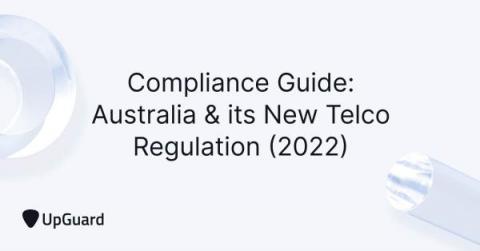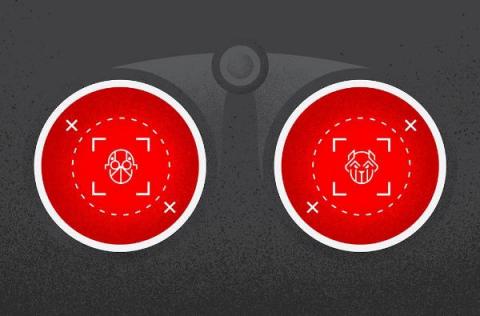The New OpenSSL Vulnerabilities: How to Protect Your Business
The OpenSSL project has announced two security vulnerabilities tracked as CVE-2022-3602 and CVE-2022-3786. The good news is that these vulnerabilities are unlikely to facilitate remote code execution as originally anticipated, and only OpenSSL version 3.0.0 and later are impacted. The bad news, however, is that even though the remote control is unlikely, it’s still possible.











